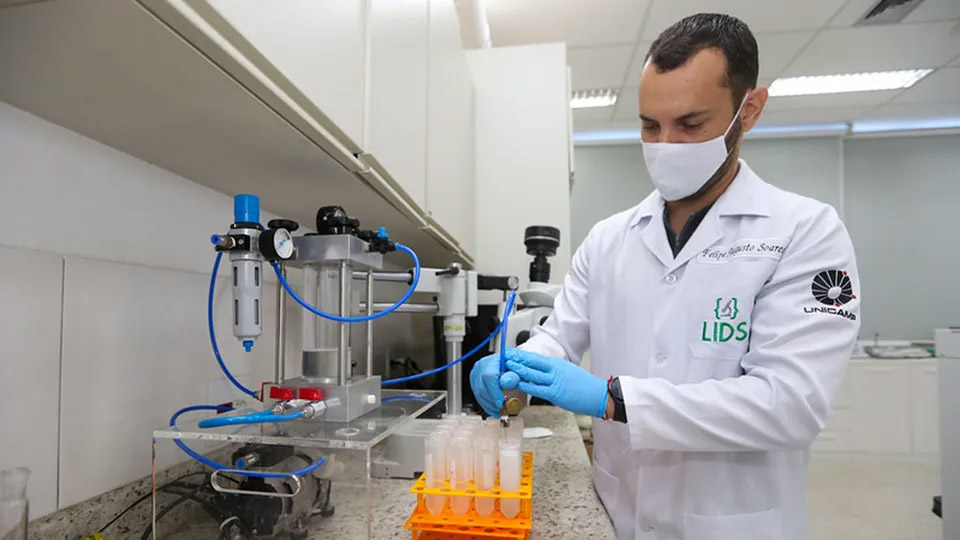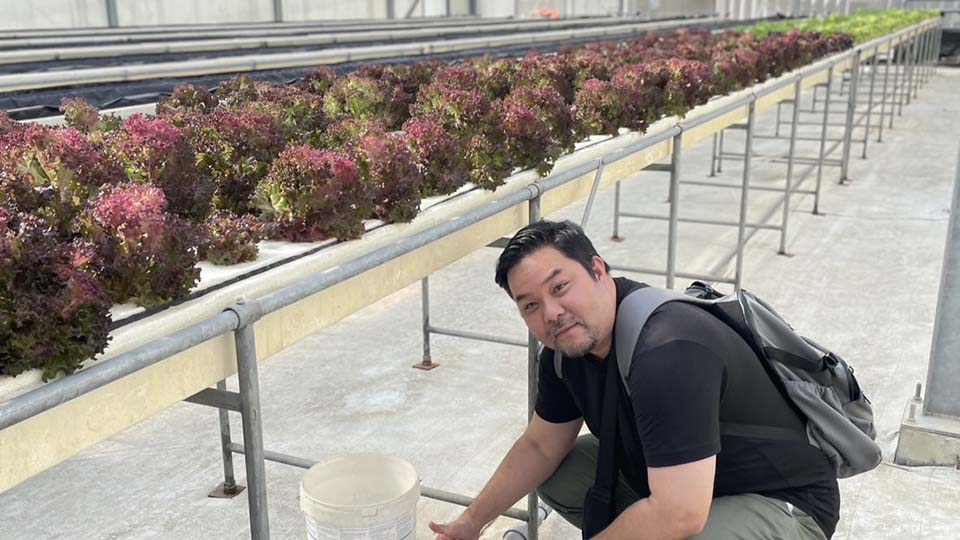Bishoin combines traditional craft skills in Japanese art restoration with modern intellectual property protection
From iconic gold-veined kintsugi pottery to patchwork boro fabrics, Japan has a long history of recycling and repairing. Born out of necessity in the pre-modern era, traditional Japanese restoration has become known for its skill, precision and artistry, and is now a source of inspiration to other countries.


Left: The logo for Bishoin Art Restoration Studio. Right: Ms. Tomomi Sakamoto, art restoration specialist and the studio’s founder. (Source: Bishoin Art Restoration Studio)
For art restoration specialist Tomomi Sakamoto, restoration is a “magical method of rewinding time.” Tomomi discovered her passion while studying sculpture at Kyoto University of the Arts, where she helped restore screen paintings in Nijo-jo Castle, a World Heritage Site in Kyoto. This experience eventually led her to specialize in tomonaoshi, a traditional Japanese technique for repairing antique works of art such as pottery, cloisonné and carvings. In June 2021, 10 years after she began working full-time in restoration, she set up Bishoin Art Restoration Studio.
Tomonaoshi – A Japanese Pottery Repair Technique
Passing on value to the next generation
Unlike some Japanese restoration traditions that celebrate imperfections, tomonaoshi replaces or repairs missing or broken pieces with such precision that the repairs can be impossible to spot with the naked eye. Tomomi sees this as a way of preserving irreplaceable works of art for posterity. “Restoration is not about asserting yourself, but about passing on value to the next generation,” she explains.

LED Blacklight and UV Light for Art Inspection
In recent decades, however, the advent of portable ultraviolet lights and LED blacklights means that art dealers and auctioneers have come increasingly to rely on ultraviolet light to evaluate the condition of artworks. Conventional tomonaoshi leaves repair marks that shine under ultraviolet light, and there is now a growing trend to perceive anything that shines under ultraviolet light as a defect, regardless of how the item looks under natural light.
Practically Undetectable Art Restoration Method

are not visible under the ultraviolet light –
a breakthrough in art restoration technology.
Soon after establishing Bishoin, Tomomi was asked by a customer if she could find a way to restore works of art that did not show up in this way. Intrigued, she studied jewelry at the Gemological Institute of America, which gave her the foundational knowledge she needed to start developing a solution. By combining insights from scientific research and industry reports – as well as the expertise of retired shokunin or craftspeople and resin wholesales – Tomomi was able to forge a unique art restoration technique that is difficult to detect under ultraviolet light.
Modernizing Traditional Japanese Art Restoration
Tomomi’s approach reflects a desire to keep Japanese art restoration alive by combining traditional techniques with modern values. Another area of Bishoin where this can be seen is in the studio’s regard for intellectual property (IP). In traditional Japanese art restoration, know-how has long been treated as a trade secret, and shokunin are unlikely to obtain or use IP rights for their inventions.
At Bishoin, however, Tomomi wants to challenge wariness toward IP protection in a traditional industry still governed by conservative customs. Appreciating the power of IP and the value of a long-term IP strategy, she advocates obtaining patents for part of the technology while keeping the core know-how a trade secret. Proper management of IP, she believes, will not only protect the industry’s knowledge, but lead to greater recognition of its technology and strengthen its competitiveness both domestically and internationally.
For example, if technology is patented or registered as a utility model, its potential uses will be clearer, which will in turn help companies establish and enhance business models such as direct-to-consumer and business-to-consumer. This is especially true for a young, independent shokunin business like Bishoin, where the use of the IP system is very important in establishing the company’s expertise and reliability.
A Shokunin Community supporting Japanese Lacquerware
In addition to her IP activities, Tomomi is working to establish a community and network of shokunin in the Kyoto area to safeguard the industry and tomonaoshi tradition for the next generation. As part of this, she is supporting Japan’s 9,000-year-old lacquering tradition by helping the community plant seedlings. This is a long-term endeavor: in Japan, it takes 10 to 15 years before the sap of lacquer trees can be harvested for lacquer production, making sustainable cultivation of lacquer trees essential for the future health of Japan’s venerable lacquer culture.
Through activities such as these, Tomomi hopes to develop and expand her relationships with clients and the wider art industry. She also aspires to strengthen the vertical teacher–student relationships in the traditional industry as well as horizontal ties between fellow shokunins. To accelerate the establishment and wider recognition of this community, Tomomi is now developing a branding strategy for the network. Reflecting the local traditions its members seek to preserve and pass on, the branding strategy will draw inspiration from the characteristics of Kyoto.



